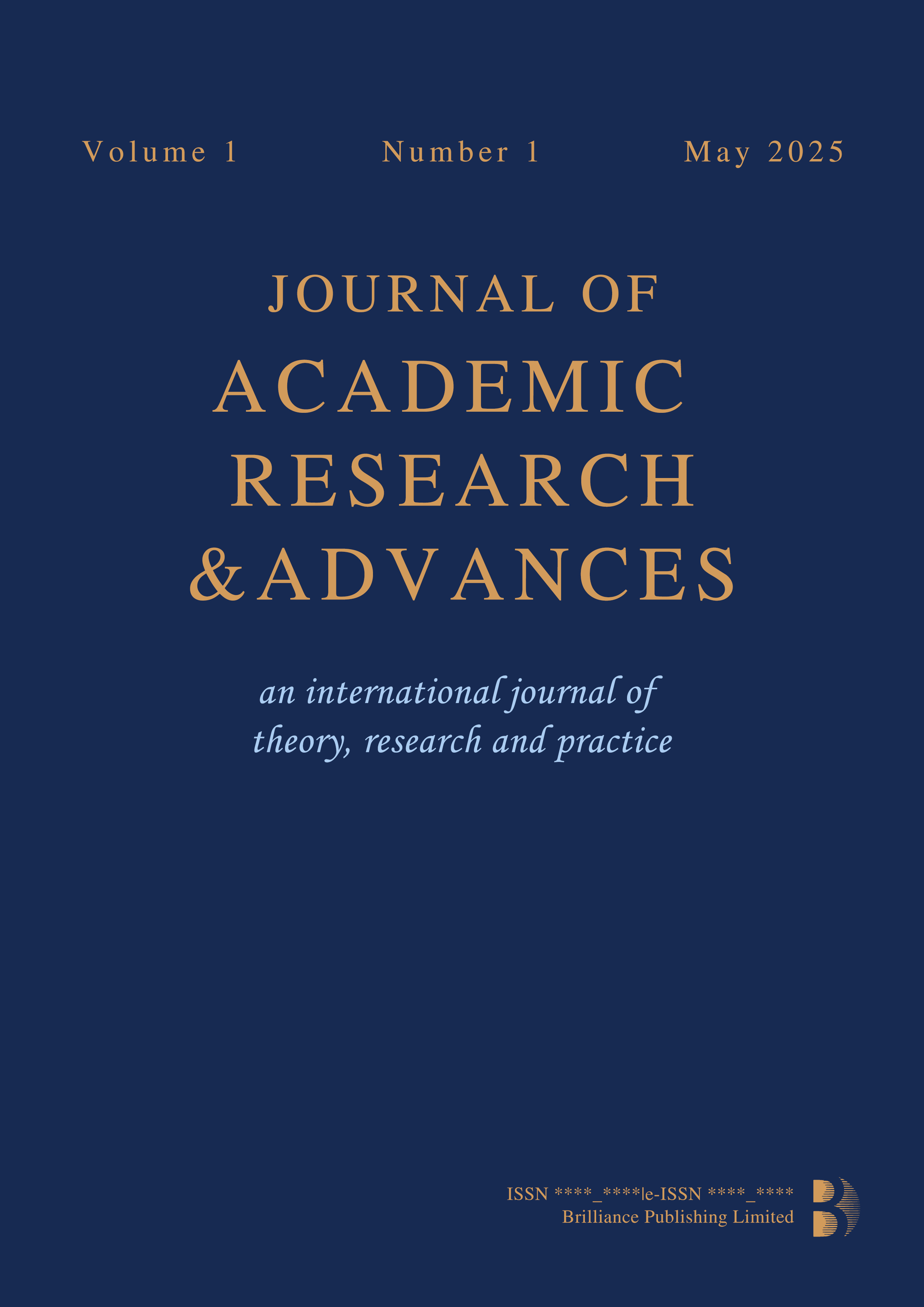Analysis of Antibiotic Residue and Resistance Gene Dissemination Pathways in Veterinary Clinic Environments: A Case Study of Beijing
DOI:
https://doi.org/10.53104/j.acad.res.adv.2025.06001Abstract
The intensification of companion animal care in urban China has led to the rapid proliferation of veterinary clinics, particularly in megacities such as Beijing. However, this expansion brings with it a largely overlooked set of environmental risks associated with the use and disposal of veterinary antibiotics. This study investigates the presence, mobility, and ecological implications of antibiotic residues and antimicrobial resistance genes (ARGs) in small animal clinics across Beijing. Through site-specific contamination mapping, molecular diagnostics, and spatial flow analysis, we identify key zones of microbial persistence and chemical accumulation—including treatment surfaces, drainage systems, air particulates, and high-contact equipment. We further examine how horizontal gene transfer, biofilm formation, and human–animal interaction collectively shape the clinical resistome. The study proposes a risk-based sanitation model informed by quantification strategies such as qPCR, LC-MS/MS, and GIS-integrated hotspot mapping. Our findings reveal the urgent need for targeted policy interventions, infrastructure upgrades, and staff-client behavior protocols to contain veterinary-sourced ARGs in high-density urban ecosystems. This work contributes to a broader One Health understanding of how antimicrobial stewardship must expand beyond hospitals and farms to include the microecologies of urban veterinary practice.
References
EFSA Panel on Biological Hazards. (2021). Role played by the environment in the emergence and spread of antimicrobial resistance (AMR) through the food chain. EFSA Journal, 19(6), e06651.
Graham, D. W., Bergeron, G., & Bourassa, M. W. (2019). Complexities in understanding antimicrobial resistance across domesticated animal, human, and environmental systems. Annals of the New York Academy of Sciences, 1441(1), 17–30.
La Rosa, M. C., Maugeri, A., Favara, G., & La Mastra, C. (2025). The impact of wastewater on antimicrobial resistance: A scoping review of transmission pathways and contributing factors. Antibiotics, 14(2), 131.
Parker, E. M., Ballash, G. A., & Mollenkopf, D. F. (2024). A complex cyclical One Health pathway drives the emergence and dissemination of antimicrobial resistance. American Journal of Veterinary Research, 85(4).
Vassallo, A., Kett, S., Purchase, D., & Marvasi, M. (2022). The bacterial urban resistome: Recent advances. Antibiotics, 11(4), 512.
Vezeau, N., & Kahn, L. (2024). Spread and mitigation of antimicrobial resistance at the wildlife-urban and wildlife-livestock interfaces. Journal of the American Veterinary Medical Association.
Downloads
Published
How to Cite
Issue
Section
License
Copyright (c) 2025 Journal of Academic Research and Advances

This work is licensed under a Creative Commons Attribution-NonCommercial 4.0 International License.





